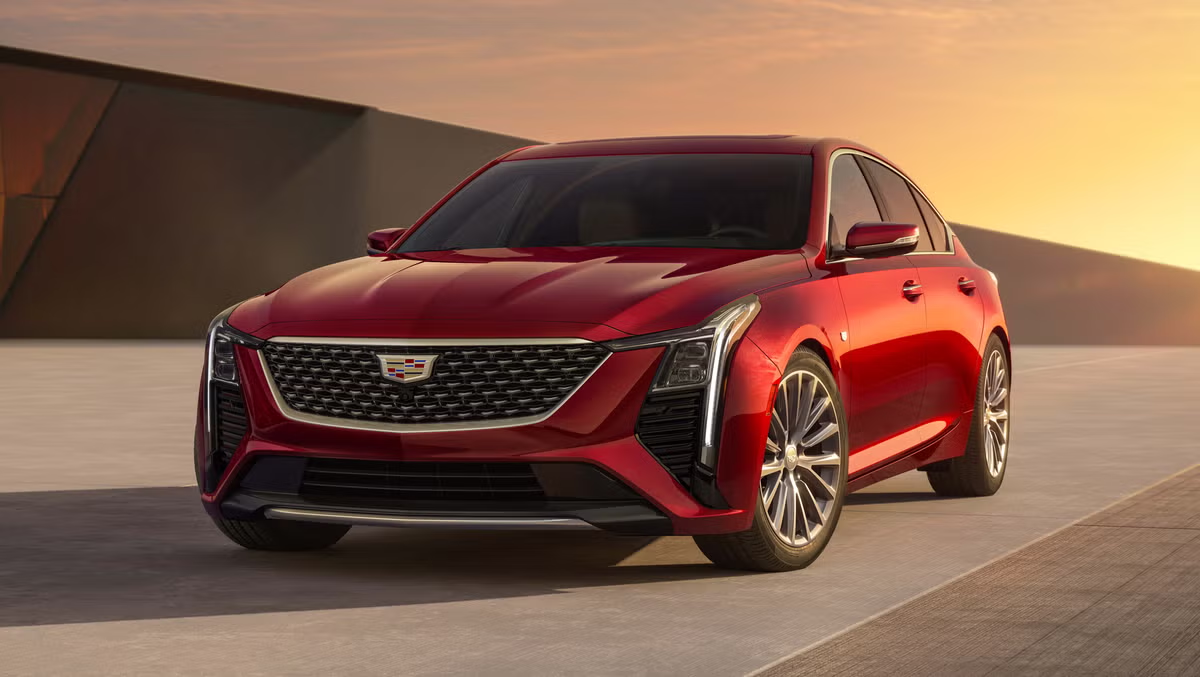BEIJING – IM motors has decided that semi solid-state batteries are ready for prime time. In an omen of what Western automakers will need to contend with, it’s now launched a futuristic luxury coupe with a next-gen battery pack and crab-walking capability.
The high-density lithium batteries we enjoy today were an absolute technological revolution. They blew rechargeable nickel-cadmium and nickel-metal-hydride batteries out of the water, offering such a leap in energy storage by weight and volume that suddenly all sorts of things became possible.
Smartphones, all-day laptops, drones, electric cars, skateboards, motorcycles, scooters, electric aircraft, eVTOLs, ebikes… Suddenly, you could carry enough energy in a safe, reliable, high-input, high-output format that all these ideas became (or are becoming) world-changing products at an epic scale.
But of course, as amazing as anything is in the modern world, we quickly find the new limits and start getting annoyed about them. Solid-state batteries are among a number of contenders for the title of “next big thing” in the battery world, promising another leap forward in energy density. Their solid electrolytes can theoretically store much more energy than the liquids in conventional batteries, as well as being potentially safer and operating much better in sub-zero temperatures.

The issues delaying solid-state packs from mass adoption have been around power density – how hard you can run them and how fast you can charge them – as well as cost, durability and cycle life; the range of boxes you need to tick for a useful mass-market battery is pretty crazy. Still, EV manufacturers are very eager to get these things happening; Honda, Nissan and Toyota in particular have oriented their future plans around the idea.
But China has taken a big bite out of getting these things up and running right now, at ludicrous Chinese scale and prices. The debut comes as part of the all-new IM L6 sedan, a rolling engineering lab loaded with the most bleeding-edge technologies IM – and parent company SAIC – have at their disposal.
IM calls the battery pack in question “Lightyear” and offers it as the power source for the ¥330,000 (approx. US$45,600) flagship L6 Lightyear Max. It’s not a strictly zero-fluid solid-state chemistry, instead utilizing a semi-solid layout that includes solid material suspended in a liquid electrolyte. It’s a step toward the solid-state future, though.
Read more at New Atlas






